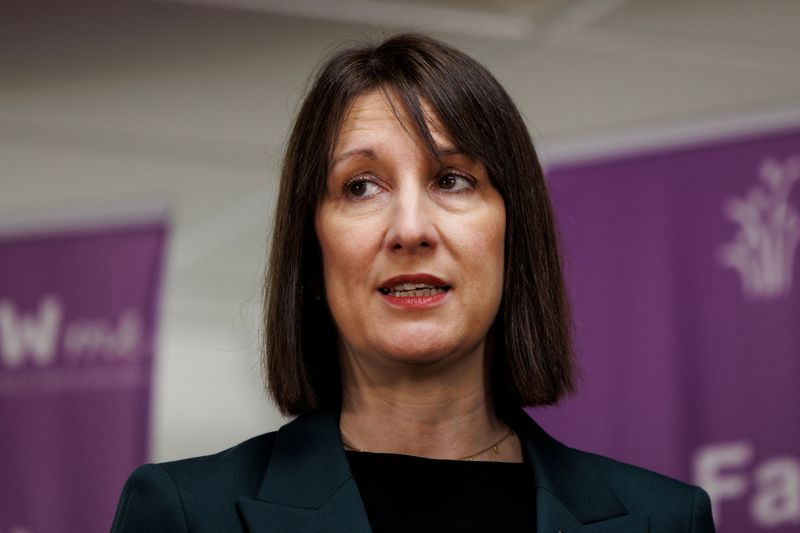Bitcoin price today: gains to $120k, near record high on U.S. regulatory cheer
Investing.com -- U.K. Chancellor Rachel Reeves is navigating difficult fiscal waters after a short-lived surge in long-dated gilt yields and a slump in the pound on Wednesday, according to a new analysis from Capital Economics.
The market reaction appears to reflect investor concerns about potential leadership changes rather than a loss of confidence in Reeves herself.
This interpretation is supported by limited market reaction to the Prime Minister’s earlier watering-down of welfare reforms, which eliminated approximately £5 billion that Reeves was counting on to meet fiscal rules.
Currently, the 10-year gilt yield remains close to the 10-year U.S. Treasury yield and below its levels from just a few weeks ago. The pound is still about 4% stronger against the dollar since the October budget, though it has weakened against the euro.
Capital Economics believes that if Reeves were replaced, it would likely trigger another gilt-sterling selloff. However, if she retains her position, some of the recent risk premiums in UK markets will probably continue to fade.
The U.K.’s fiscal situation remains precarious with very little fiscal headroom, and all options available to Reeves are described as unappealing. Even if risk premiums in gilts and sterling decrease further soon, they will likely settle at relatively high levels compared to most of this year.
On a more positive note for gilts, Capital Economics expects the Bank of England to cut interest rates from the current 4.25% to 3%, more aggressively than current market pricing suggests.
The firm projects the 10-year gilt yield to fall to 4.25% by year-end, about 30 basis points below its current level, and further to 3.75% by the end of 2026.
For the pound, the outlook is less favorable. Capital Economics forecasts GBP/USD to fall to 1.22 by the end of this year, approximately 12% below its current level of about 1.36, before partially recovering to 1.28 by the end of 2026.
The GBP/EUR rate is projected to decline by about 2.5% from 1.16 now to 1.13 by the end of 2025, then edge up to 1.14 in 2026.
